SUMMARY
This is AI generated summarization, which may have errors. For context, always refer to the full article.
![[Ilonggo Notes] Why Iloilo should be the museum capital of the Philippines](https://www.rappler.com/tachyon/2022/05/iloilo-spots.jpg)
“Pang-museum” (belongs in a museum) – the phrase refers to something old, valuable, rare, to be stored away for others to appreciate, perhaps to gather dust. There could be lots of these museum pieces in Iloilo; in the past five years, several have opened within the city, each a short jeepney ride away.
Iloilo City should be crowned the “Museum Capital” of the country – in addition to its other titles, “Most Noble and Ever Loyal City” (1890s); “Queen City of the South” (1880s to 1940s), “Biking Capital of the Philippines” (2017 onwards); and arguably, the “food capital” in an unsuccessful bid to be recognized as a UNESCO city of gastronomy in 2021.
Here is a list of favorite Iloilo City museums, each with its own unique attractions:
Museo Iloilo

This modernist-style, trapezoid-shaped building was the first government-constructed museum in the country. When it opened in 1971, the National Museum had no building of its own. Efforts were spearheaded by former tourism secretary Gregorio Araneta, who has roots in the Molo district. It turned 50 a year ago, and is an enchanting place to visit. Main attractions are the pre-Spanish-era Oriental pottery, the Oton gold death mask and secondary burial coffins, religious statuary, rare piña fabrics, wartime memorabilia, and relics from a sunken British steamship. It also hosts exhibits by local artists. The façade has bas-relief sculptures of famous churches of Iloilo. It is located right beside the provincial capitol. Admission fee is between P20 to P50.
The National Museum for Western Visayas

Next door is The National Museum for Western Visayas. Built as a prison in 1911, the provincial government donated it to the National Museum of the Philippines (NMP) in 2016, which refurbished it. Formally opened in December 2019, the most prominent features are the four corner guard towers, and the dome-skylight that is reminiscent of that of the British Museum. This gives a rush of natural light and a feeling of openness. Two permanent galleries are open, roughly a third of the whole building. The Gallery of Paleontology and Geology traces the volcanic origins of the region. Petrified wood, various fossils, and the jawbone of extinct elephants and stegodonts are on display. The other gallery features the indigenous textiles, looms, and weaves of the provinces of Panay. Both galleries have videos that are worth watching. The building sits in a beautifully designed park, where on one side one sees several heritage houses and on the other side, Esplanade 8.
The Philippine Museum of Economic History

The Philippine Museum of Economic History opened in 2019 and is housed in a grand old bahay na bato-style building, a few meters from City Hall. It was built in the early 1900s as offices of Ynchausti & Co. (YCO), the “first Philippine Multinational,” which also boasted offices in Hong Kong, Shanghai, Tokyo, New York, San Francisco, and Manila. After the firm left the country in the 1930s as a consequence of the Spanish Civil War, Elizalde and Co. bought the property, and in the ’80s it became the COA regional office. It was donated to the NHI in 2016, and turned into a museum that showcases the economic rise of Iloilo in the 1850s following the opening of the port to world trade, the rise and fall of the textile industry, and the rise of sugar. It has fascinating panels about the Basques from Castile, (hence, “Kastila”) who are now household names, such as Ayala and Zubiri. It focuses on major industries: sugar, tobacco, weaving, blacksmithing, ornamentation, boat-making, abaca, rice, and coconut. One of the displays features the various occupations held by natives during the Spanish era, and their pay rates. Vintage photos of Iloilo are the best that can be had. Though the displays are sparse, the curation is superb; there is definitely room for more information and artifacts, and you wander around the building admiring the hand-carved stairways, floors, and the calado style carvings on the ceilings. Machuca tiles are used on the ground floor and verandas. There is an airy courtyard partly shaded by huge banyans. Admission is free.
UP Visayas main building
Opened in 2021 is the UP Visayas main building. Originally built in 1937 to be the Municipal Hall of Iloilo City, it had barely opened when WW2 erupted, and was used as a Japanese garrison. The city donated the building to the state university after World War 2, to house UP Iloilo. For over 70 years it held classrooms and offices. Now, there are two permanent galleries featuring works of prominent local artist Edward Defensor and ceramicist Nelfa Querubin. It has a stunningly high-roofed central area, marble pillars with Corinthian designs, deco-style grillwork and fountains, with two quadrangles. The building was designed by the National Artist Juan Arellano. Francisco Monti, also known for his work on the Metropolitan Theater and the Rizal Memorial Stadium, made the bronze sculptures. A mezzanine gallery hosts the “Leading Lights” exhibition, with works by national masters such as Ang Kiukok, Baldemor, Malang, Jose Joya, and others. These works were donated by former chancellor Dionisia Rola to the university. Admission free.

Iloilo Museum of Contemporary Art
Two of the most recent additions to the museum scene are at the Iloilo Business Park. The Emperador Building has the Iloilo MOCA (Iloilo Museum of Contemporary Art) and the Brandy Museum. MOCA has three floors, with spacious and bright galleries that feature the works of Philippine moderns like Arturo Luz, Ofelia Gelvezon Tequi, and Julie Lluch Dalena; MOCA is home to the collection of retired international banker Edwin Valencia. There are paintings, mixed media, and sculptures that are whimsical and provocative. Emerging Southeast Asian artists also have works displayed. At the top floor, you have original work by Joan Miro, a series of signed Dali lithographs and Picasso pencil etchings. Currently open Friday to Sunday, admission fees range from P50 to P100 for the upper galleries, while the Hulot gallery on the ground floor is free to visitors.
Brandy Museum

In the same building is the newly opened (2022) Brandy Museum. This is a world-class exhibition that tells the history of the concoction and its origin from Jerez and the sherry producing regions of Spain. It eventually became a globally dominant brand (Pedro Domecq, Fundador, Emperador). The museum weaves an interesting tale of how the drink was first discovered by Moors, preparation (think types of soils for growing grapes, studded shoes for sloshing and crushing, oak casks for storing, distillation equipment, vintage bottles). There are photos and signatures of presidents, movie stars, royals, and other celebrities visiting their factories. According to their blurb, Iloilo was chosen as the site of the museum because the Spanish regent bestowed the title “Most Noble and Loyal City.” No denying though, that Emperador is now a Filipino-owned company and brand. The tour leads to the showroom and a bar where one can try their coffee drinks laced with the liqueur. Admission to the museum is free.
Camiña Balay Na Bato
Two other places not sporting the “museum” tag but worth mentioning are the heritage houses that display how privileged, upper class Ilonggos lived centuries ago. In Arevalo is the Spanish-era Camiña Balay Na Bato, with its silong, almacen, angled stairway, sala mayor, oratorio, “ebony and ivory” hardwood floors, carved pillars, capiz windows, and ventanillas. It was built in 1865 and handed down through several generations of the Avancena-Melocoton-Camiña families, and has been expanded and remodeled in the period’s style. For the admission price (P50/220) one can also have a native chocolate batido with biscocho, or a bowl of pancit Molo. They also cater, serving authentic Ilonggo dishes.
Casa Mariquit
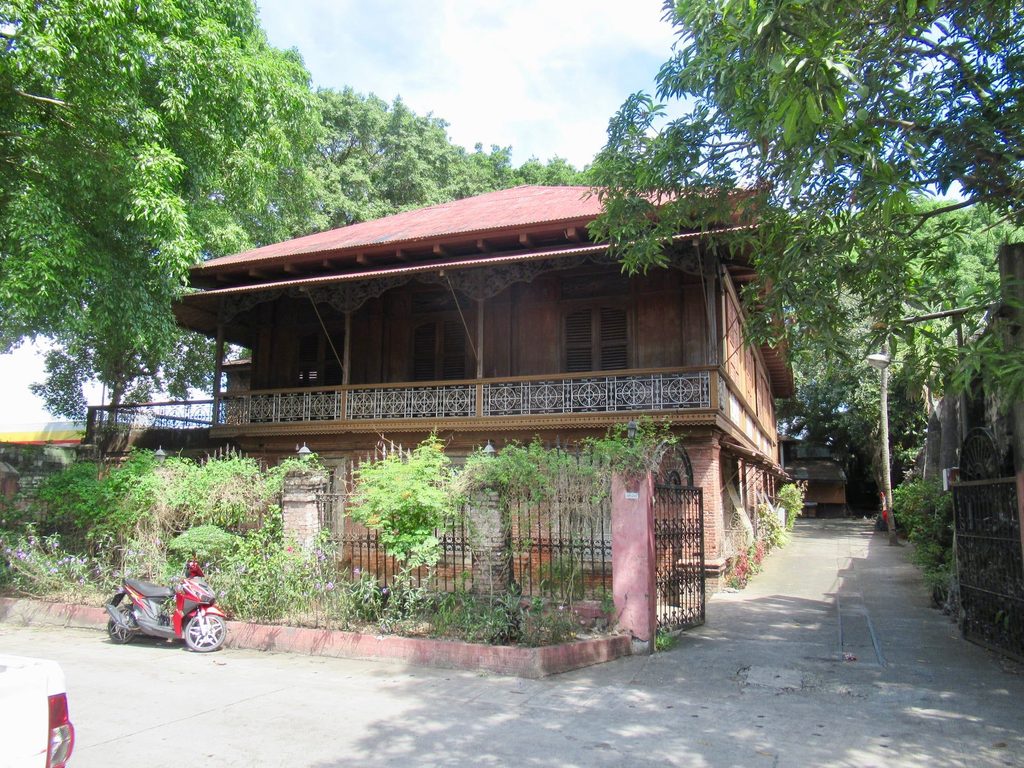
The other house is Casa Mariquit, named after Mariquit Javellana, who married politician and businessman-industrialist, Fernando Lopez. The house has been inherited by a great-grandchild and contains many family memorabilia – photos with presidents, world leaders, and popes, gifts from dignitaries, books, the desks, seals and gavel of the former three-term vice president and senate president. One can walk through the sala, dining room, bedrooms, study, kitchen, and the verandas. Period furniture and furnishings are on display, though these seem restrained and not ostentatious. Said to be over 200 years old, the basement has a vault where money and valuables were stored, as Inday Mariquit’s ancestors were well known bankers and money lenders. The house, while well preserved, is a bit dark, surrounded on one side by huge ficus trees, which adds fuel to rumors of sightings of unearthly beings. Better signage for the displays would also help. Admission fee P50.
Philippine Maritime Museum
And as if this were not enough, the Philippine Maritime museum will soon occupy the ground floor of the iconic century-old Aduana (Customs House). Most appropriate as both Guimaras and Oton were known for ship-building skills; Spanish galleons would be repaired in Oton in the 17th century on their way to the Moluccas and Mexico. Many Philippine seafarers are Ilonggo, and the country’s only maritime university is in Iloilo City.
And just across the Jaro plaza, the former Jaro Municipal Hall and police station was donated to the NMP in 2016. Architect Juan Arellano designed the structure in 1934. One of the best preserved art deco buildings in the country, it is also a part of the Iloilo City Cultural Heritage Tourism Zone (Republic Act 10555). What it will eventually house has not yet been announced, but this Ilonggo is already looking forward to its opening. – Rappler.com
Vic Salas is a physician and public health specialist by training, and now retired from international consulting work. He is back in Iloilo City, where he spent his first quarter century.
Add a comment
How does this make you feel?
![[Ilonggo Notes] Should Iloilo be approved as a UNESCO City of Gastronomy?](https://www.rappler.com/tachyon/2021/11/fullsizeoutput_6f17.jpeg?fit=449%2C449)

![[Ilonggo Notes] Putting the spotlight on Ilonggo and regional cinema](https://www.rappler.com/tachyon/2024/04/Screenshot-2024-04-07-at-2.04.59-PM.png?resize=257%2C257&crop=321px%2C0px%2C809px%2C809px)
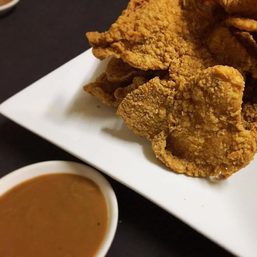
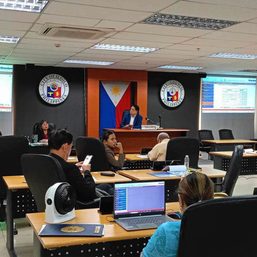
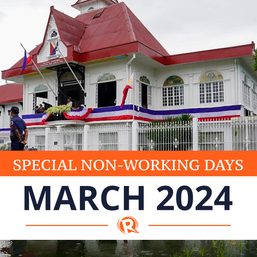
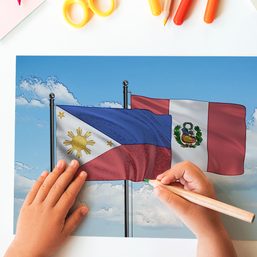
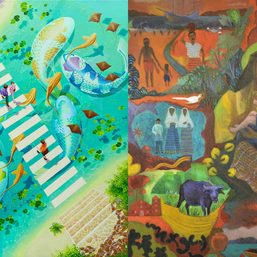





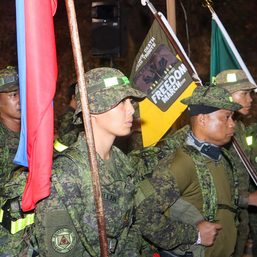
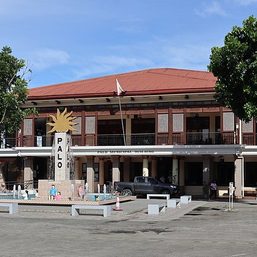
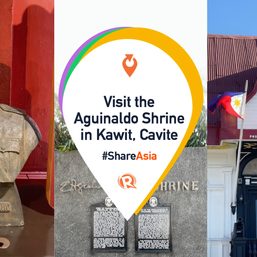
There are no comments yet. Add your comment to start the conversation.